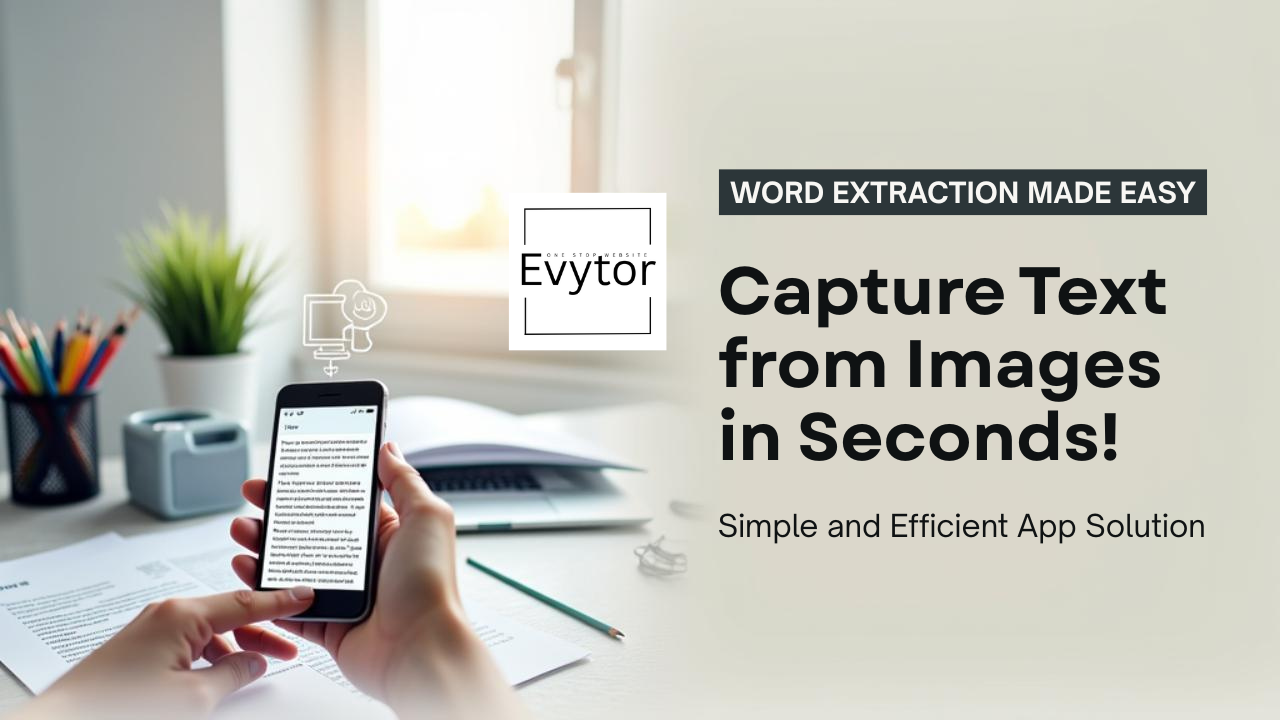Composting 101: Turning Waste into Garden Gold
Ever looked at your kitchen scraps or yard waste and thought, "There has to be a better way than sending this to the landfill?" 🤔 You're right! Composting is that way. It's an incredible process that turns organic waste into a nutrient-rich soil amendment, often called 'black gold'. It's not just good for your garden; it's fantastic for the planet too! Less waste in landfills means less methane gas produced, and using compost improves soil health, reducing the need for chemical fertilizers.
If the idea of composting seems daunting, don't worry! Like many things, it's simple once you understand the basics. Think of it as creating a tiny ecosystem where helpful microorganisms break down materials. Ready to transform your trash into treasure? Let's dive into the wonderful world of composting!
Why Start Composting? The Benefits are Golden! ✨
Starting a compost bin or pile is one of the easiest and most impactful steps you can take for the environment and your garden. The benefits are numerous:
- Reduces Waste: A significant portion of household waste is organic and can be composted. This saves space in landfills.
- Creates "Black Gold": Compost is a fantastic soil conditioner. It improves soil structure, helps retain moisture, and provides essential nutrients for plants.
- Saves Money: You'll buy less soil, mulch, and fertilizer.
- Environmentally Friendly: Reduces methane emissions from landfills and lowers your carbon footprint.
- Boosts Plant Health: Plants grown in compost-enriched soil are often healthier and more resistant to pests and diseases.
It's a win-win-win situation!
What Goes In? Understanding "Greens" and "Browns" 🍂🌿
Successful composting relies on balancing two main types of materials:
- Greens (Nitrogen-rich): These provide the protein (nitrogen) for the microorganisms to thrive. They are often moist and break down quickly. Examples:
- Vegetable and fruit scraps 🍎🥕
- Coffee grounds and filters ☕
- Tea bags (remove staples)
- Grass clippings lawns
- Plant trimmings (non-diseased)
- Manure (from non-meat-eating animals like chickens, cows, horses)
- Browns (Carbon-rich): These provide energy (carbon) and create aeration. They are typically dry and break down slower. Examples:
- Dry leaves 🍂
- Shredded newspaper (non-glossy, soy ink is best) 📰
- Cardboard (torn into small pieces, remove tape/labels) 📦
- Straw or hay
- Sawdust (untreated wood)
- Pine needles
- Paper egg cartons
The ideal ratio is roughly 2 parts browns to 1 part greens by volume. Getting this balance right is key to a healthy compost pile.
What to AVOID Composting 🚫
Just as important as knowing what to add is knowing what to keep out. Avoiding certain materials prevents odors, pests, and harmful pathogens:
- Meat, fish, and bones: Attract pests (rodents, flies) and create foul odors.
- Dairy products and oils/fats: Also attract pests and cause odor issues.
- Pet waste (dogs, cats): May contain harmful pathogens. Manure from herbivores (cows, horses, chickens, rabbits) is generally okay.
- Diseased or insect-infested plants: You risk spreading problems to your garden.
- Weeds that have gone to seed: Unless your compost pile gets very hot, the seeds may survive and sprout in your garden.
- Treated wood: Contains chemicals you don't want in your compost.
- Shiny or coated paper: Doesn't break down well and may contain plastics or chemicals.
Stick to the recommended items, and your compost journey will be much smoother!
Getting Started: Setting Up Your Compost Spot 🌱
Choosing the right location and container is your first step. You can go simple or a bit more involved:
- Choose a Spot: Find a level, well-drained area. Partial shade is ideal to prevent drying out. It should be reasonably accessible for adding materials and turning.
- Select a Container (Optional but Recommended):
- Open Pile: Simplest, but can be messy and may attract animals. Best for large volumes.
- Wire Mesh Bin: Easy to build, allows good airflow.
- Plastic Bin (Tumbler or Stationary): Contains materials well, often faster decomposition (especially tumblers). Tumblers make turning easy.
- Wooden Pallet Bin: Relatively easy and cheap to construct.
- Start Layering: Begin with a layer of coarse brown material (like twigs or straw) for drainage and airflow. Then alternate layers of greens and browns, remembering that 2:1 brown-to-green ratio.
- Add Water: Your compost pile needs moisture, like a damp sponge. If materials are dry, water as you add them.
Once set up, you can continuously add scraps and yard waste as you generate them.
Maintaining Your Compost Pile: Patience and Care 💖
Composting isn't entirely 'set it and forget it', but it's not high-maintenance either. The main tasks are:
- Turning/Mixing: This adds oxygen, which helps the microorganisms work efficiently and speeds up decomposition. Turn your pile with a pitchfork or crank your tumbler every few weeks or when adding significant new material. More frequent turning leads to faster compost!
- Moisture Check: Ensure the pile stays moist (like a wrung-out sponge). Water if it looks dry; add dry browns if it's too wet and slimy.
- Adding Materials: Continue adding your greens and browns, chopping larger items into smaller pieces (they break down faster!).
- Monitoring: A healthy pile will heat up in the center, indicating good microbial activity. It should smell earthy, not rotten.
Depending on the method, materials, and weather, compost can be ready in a few months to a year or more.
Going Further: Pro-Tips for Compost Mastery 🛠️
Ready to level up your composting game? Here are a few extra tips:
- Chop It Up! Smaller pieces decompose much faster than large ones.
- Know Your Ratio: If your pile smells bad, it likely has too much green/nitrogen. Add more browns. If it's not heating up, it might have too many browns or be too dry. Add more greens and water.
- Use a Compost Thermometer: To truly optimize decomposition and kill weed seeds/pathogens, aim for temperatures between 130°F and 160°F (55°C - 70°C).
- Consider Worm Composting (Vermicomposting): For kitchen scraps only, this indoor or outdoor method uses specific worms (like Red Wigglers) to break down food waste quickly. It's great for small spaces!
- Learn About Composting Methods: Research different techniques like hot composting (faster) or cold composting (slower but less work).
Harvesting Your Garden Gold 🏆
You'll know your compost is ready when it looks and smells like rich earth – dark brown, crumbly, and no longer resembles the original materials. You can sift it to remove any larger pieces that haven't broken down yet (toss them back in the next batch!).
Use your finished compost as a top dressing for gardens, mix it into soil before planting, or use it to enrich potting mixes. Your plants will thank you!
Conclusion: Join the Composting Revolution! 🌍
Composting is a simple, effective way to reduce waste, improve your soil, and connect with the natural cycle of decomposition. It might take a little trial and error at first, but the rewards – healthy soil and less landfill waste – are absolutely worth it. So, grab your kitchen scraps and yard trimmings and start turning that waste into garden gold today!
What's the one thing you're most excited to compost?




